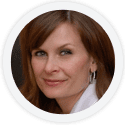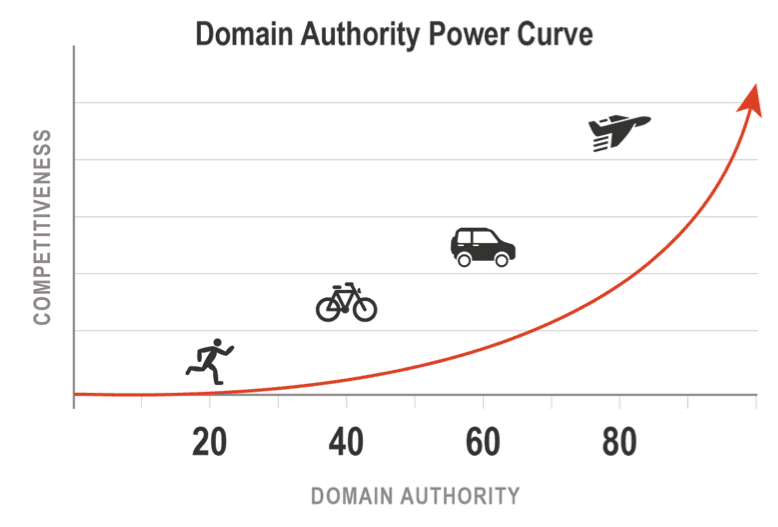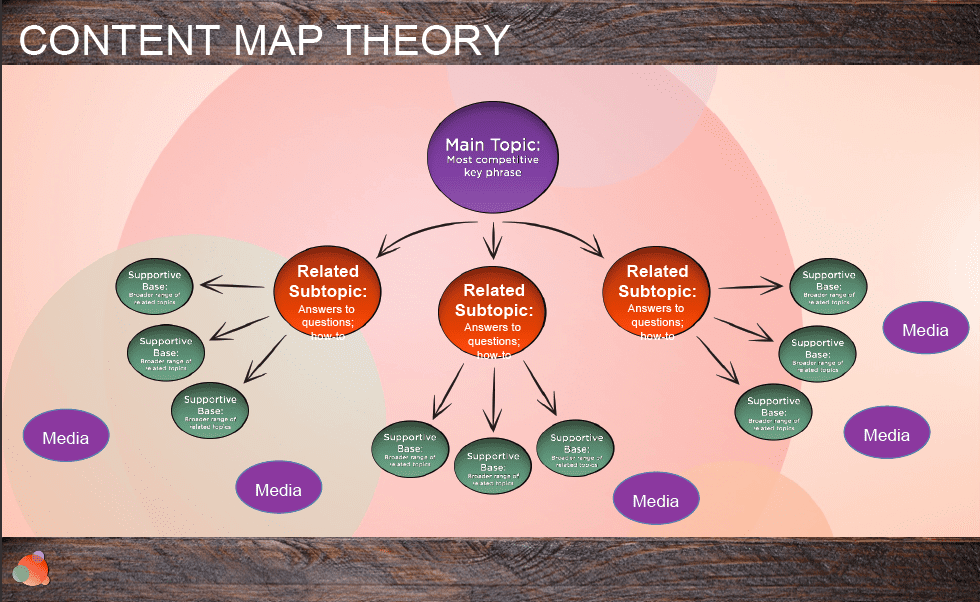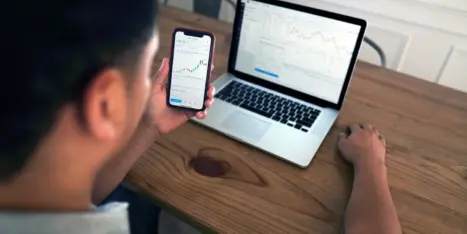Despite what you might think, professional development for PR pros is not that common of a habit among PR pros.
You may say you learn with each client, on the go, but that’s not what professional development is.
Professional development is actively challenging yourself, seeking and attending courses and programs developed by those smarter than you, and learning, and learning, and learning every single day of your professional life.
In this information-overload world we live in, you are literally bombarded with stuff you should read or do. At some point you just don’t know what to choose and this leads to not doing anything at all.
Yet, you can’t let that stop you.
This may sound harsh, but if you don’t invest in your professional development you won’t have a job in a few years.
Choose the Program That’s Right for You
I love learning and I prefer online courses over the offline ones. I am not saying offline courses are not good or that you shouldn’t attend them. What I am saying is that online we have a tremendous opportunity to learn from people worldwide.
I am writing this from Spain, and you are most likely reading this in the U.S. How cool is that?
The internet and social media gave us a fantastic opportunity to learn from the best of the best, without being in the same room or even the same country.
Of course there are many online programs that over promise and fail to live up to these promises…
So, how do you know which program is right for you?
The first step is to look at the best in your industry. Read their blogs, follow their speaking engagements, follow and interact with them on social media. Learn everything you possibly can about them.
Who do you resonate with? Who pushes you out of your comfort zone? Who challenges you with new ideas and new ways of doing things?
That’s where you start.
Professional Development for PR Pros: Where to Start
At the end of April, Spin Sucks held an exclusive online training series; a five-day bootcamp that showed PR pros and business owners how to create a business development plan that generates inbound leads, closes more clients and makes you more money.
To say it was mind-blowing would be an understatement.
The Content Secret to Closing More Clients Bootcamp opened the door to a world of possibilities, a different way to see and do PR whether it be for your business or your clients.
 |
“If you do only one thing in 2017 for yourself, get some professional development. The “I don’t have time” excuse is for sissies.” — Gini Dietrich |
I want to share with you some of the lessons I learned that can help you take the first step in choosing the right program for your PR professional development.
The Content Secret to Closing More Clients Bootcamp: Lessons Learned
Lesson #1: How to Take a Strategic Approach to Content
Do you have a documented content strategy? Do you know how to integrate your owned (your content) and earned (media relations) media activities to build your credibility as a subject matter expert and meet your real business results?
Do I have your attention now? I told you it was mind-blowing.
Creating content shouldn’t be a random activity or a task you have to check off your to-do list.
You need to be strategic about it if you want to cut through the noise and be heard. And no, that does not mean creating more of the same content.
It means taking a strategic approach to the content you create and identifying the keywords and phrases you can compete for in search results. But first, it’s about identifying your competitors.
You don’t go to the battlefield without knowing with whom you’re “fighting.”
Same thing with your content.
First you identify your competition, their domain authority, and only after that you start working on the keywords and phrases you can compete for.
This illustration by Andy Crestodina is a great way to see where you stand against your competitors.

Depending on your DA (domain authority) you can now easily see with whom you can compete in search results.
The next step is to identify publications, blogs and influencers who have a higher domain authority than your own. You should then contribute content, featured stories, interviews and Q&As to these popular publications so you can link back to content on your website.
Simple, right?
Not so much.
Lesson #2: How to Define Your Content Plan
Just like in project management, PR and content marketing require an understanding of what a content map is, and more importantly how to create one.
What does a content map contain, what are your main topics, related subtopics and supportive bases?
You have to ask yourself, what are people looking for when they search for your main topic? After constructing a list of potential keywords, Google Keyword Planner is a very useful tool to find out if you can compete with your domain authority in ranking for a certain topic.

Once you figure out these answers and when you think you’re starting to understand everything about your content, the deep dive content map is introduced.
A deep dive content map helps you identify what form each piece of your content is going to take. e.g: A blog post, an e-book, a slideshare presentation, webinars, podcasts, etc.
But the deep dive content map goes a little further and helps you figure out where that content is going to live. This is where you should integrate your owned and earned media for your chosen topic.
Lesson #3: The Campaign
Building a content strategy for your brand, creating content and deep dive content maps for your chosen priority keywords are just the beginning.
Now you have a put everything into practice. This is where you add media relations activities to the content mix.
This step is where you start reaching out to those popular publications you included in your content map.
When everything comes together you’ll start seeing results such as increased website domain authority, traffic to your website, qualified leads and new clients and, in turn, increased revenue.
Once you understand and nail this process, you won’t be looking at the content you create the same way.
You will have a business development plan in place that will bring in revenue while you’re on the beach or having fun with family and friends.
But to get there, it takes a lot work, elbow grease, and patience. There is no wishful thinking here. This process will ONLY work if you put in the work.
That, in my books, is professional development for PR pros in 21 century.
That’s how you take your career to the next level and how you prove to your clients that PR can deliver business results.
Now, my question to you is: What are you going to do today to take your professional development to the next level?




